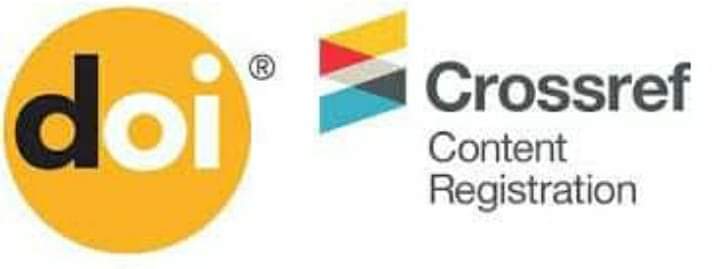The effect of austenitizing temperature on thenormalising processing behaviour of 34CrNiMo6 steel
Keywords:
Normalizing, austenitizing and heat treatmentAbstract
The aim of this study is to carry out research about the effect of austenitizing temperature of 34CrNiMo6 low alloy steel on the normalising heat treatment process. Moreover, a comparison of the austenite grain size that formed after the deformation at two austenitizing temperatures of 1100°C and 1200°C with that one resulted after the normalising process at temperature of 860°C. Moreover, to study the effects of increases of holding times of 6, 30 and 60 minutes at normalising process with both austenitizingon the grain size variation, and the consistency of microstructure, which in turn influences on the resulted mechanical properties. It was observed that deformation the specimens at austenitizing temperature of 1100 °C prior normalising process; gives a smaller grain sizes than those when using austenitizing temperature of 1200 °C. Furthermore, Increase in the normalising soaking times does have no influence the increasing of the grain size of austenite. However, it has an effect on The arrangement and shape of grains by making the grains equiaxed and creates a uniform structure. Furthermore, oxides scale thickness was observed at austenitizing temperature of 1200 °C, and particularly when soaking time at that temperature increased.
References
References:
J. DŽugan, Z.N., P. Konopik, P. Motycka, Improvementof Fatgue Propertiesof34CRNIMO6
Steelby Controlled Thermomechanical Treatment, in Metal 2010: Roznov pod Radhostem, Czech
Republic, EU.
Bajželj, A. and J. Burja, Influence of Austenitisation Time and Temperature on Grain Size and
Martensite Start of 51CrV4 Spring Steel. Crystals, 2022. 12(10): p. 1449.
Totten, G.E., Steel Heat Treatment Metallurgy and Technologies, in Steel Heat Treatment
Handbook2006. p. 337-338.
Totten, G.E., Steel Heat Treatment Metallurgy and Technologies, in Steel Heat Treatment
Handbook2006. p. 334-335.
Siming Huang, L.L., Effect of Tempering Time on Microstructure and Properties of 65Si2CrV
Spring Steel. Journal of Physics: Conference Series, 2021. 2044.
Sorachai Pitakkorraras, P.T., Effect of Normalizing Temperature and Time on Microstructures
and Mechanical Properties of Hot Rolled Steel Strip for Gas Cylinder Production. Journal of
Metals, Materials and Minerals, 2010. 20(3): p. 37-41.
Chunfang WANG, M.W., Jie SHI, Weijun HUI, Han DONG, Effect of Microstructure Refinement
on the Strength and Toughness of Low Alloy Martensitic Steel. J. Mater. Sci. Technol., 2007. 23
(05): 659-664.
Ryo Matsumoto, Y.O., Hiroshi Utsunomiya, Reduction of friction of steel covered with oxide
scale in hot forging. Journal of Materials Processing Technology, 2014. 214(3): p. 651-659.
OKADA, H., Deformation Behavior of Oxide Scale in Hot Strip Rolling, in Nippon Steel&
Sumitomo Metal Technical Report2016, Kashima R&D Lab.: Kashima
Nasar Abddlssalam Ali1, A.k.D., Ali K. M. Al-Zenati3 , Mahdi Algool4, Evolution of Grain Size
in 34CrNiMo6 Steel as a Function of Thermo-mechanical Process Route, in Sirte University
Scientific Journal 2020. p. 1-14.
Ali, N.A., Thermomechanical processing of 34CrNiMo6 steel for Large Scale Forging, in
Materials Science and Engineering2014, The university of Sheffield: Sheffield





